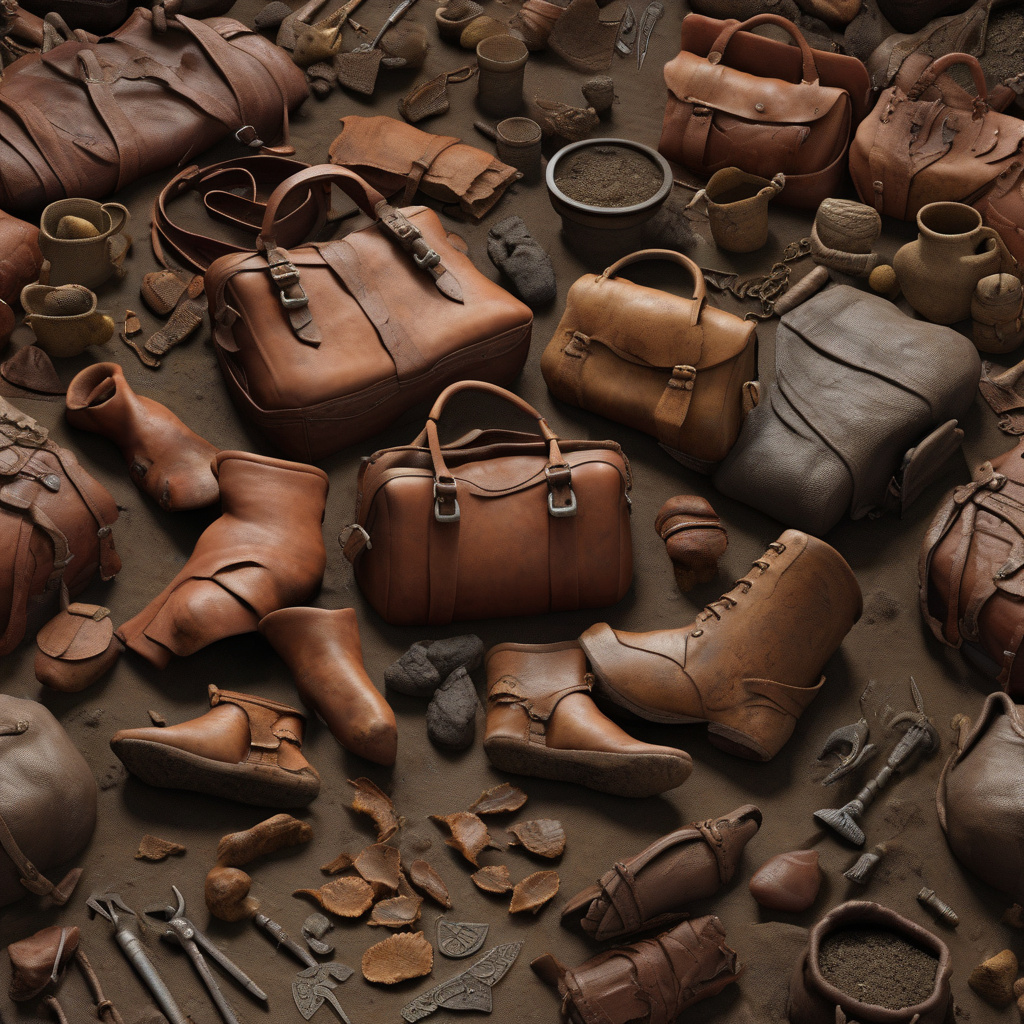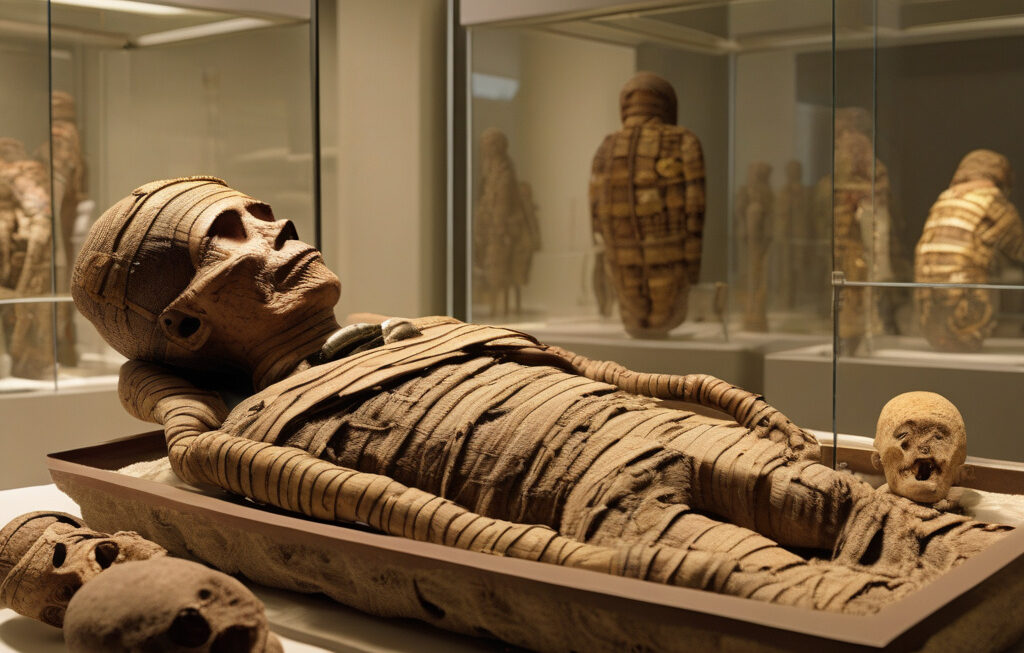Unlocking the Past: Thousands of Well-Preserved Leather Goods from 700 Years Ago Reveal Medieval Norway Life
Archaeologists from the Norwegian Maritime Museum uncovered thousands of remarkably well-preserved leather goods, providing an unprecedented glimpse into the daily life of medieval Norway. The discoveries, dating back to 700 years ago, shed light on the craftsmanship, trade networks, and societal structure of the time, offering a fascinating narrative of the past.
Among the findings were shoes, bags, clothing, and even horse harnesses, all crafted with intricate details that speak volumes about the skills and artistry of medieval Norwegians. The preservation of these artifacts can be attributed to the unique conditions of the excavation site, which included a combination of mud, silt, and water that created an anaerobic environment ideal for protecting organic materials.
One of the most intriguing aspects of this discovery is the sheer variety of leather goods found, indicating a thriving industry that catered to the diverse needs of the medieval population. From sturdy shoes designed for everyday wear to finely embellished bags that likely belonged to the elite, each item tells a story of its own, offering clues about fashion trends, social status, and cultural preferences of the time.
Furthermore, the presence of imported leather goods among the findings suggests a robust network of trade and exchange between Norway and other regions. By analyzing the origins of the materials used and the techniques employed in crafting these items, researchers can piece together a more comprehensive understanding of medieval commerce and the interconnected nature of economies during that era.
In addition to the material culture aspect, the discovery of these well-preserved leather goods also has significant implications for our knowledge of medieval craftsmanship and technological advancements. Studying the stitching methods, tool marks, and decorative elements present on the artifacts can provide valuable insights into the skills and techniques employed by medieval artisans, offering a glimpse into their creative processes and problem-solving abilities.
Moreover, the discovery underscores the importance of interdisciplinary collaboration in archaeological research, as experts in fields such as conservation, material science, and history work together to unlock the secrets of the past. By combining traditional excavation methods with cutting-edge technologies like 3D scanning and chemical analysis, archaeologists can extract maximum information from these fragile artifacts while preserving them for future generations.
Overall, the revelation of thousands of well-preserved leather goods from medieval Norway stands as a testament to the richness and complexity of the past. Each shoe, bag, or garment unearthed is a tangible link to a bygone era, offering a window into the lives, aspirations, and ingenuity of the people who inhabited that distant world. As we continue to unravel the mysteries of history through such remarkable discoveries, we gain a deeper appreciation for the resilience and creativity of our ancestors, whose legacy endures in the artifacts they left behind.
medieval, Norway, archaeology, leather goods, craftsmanship











